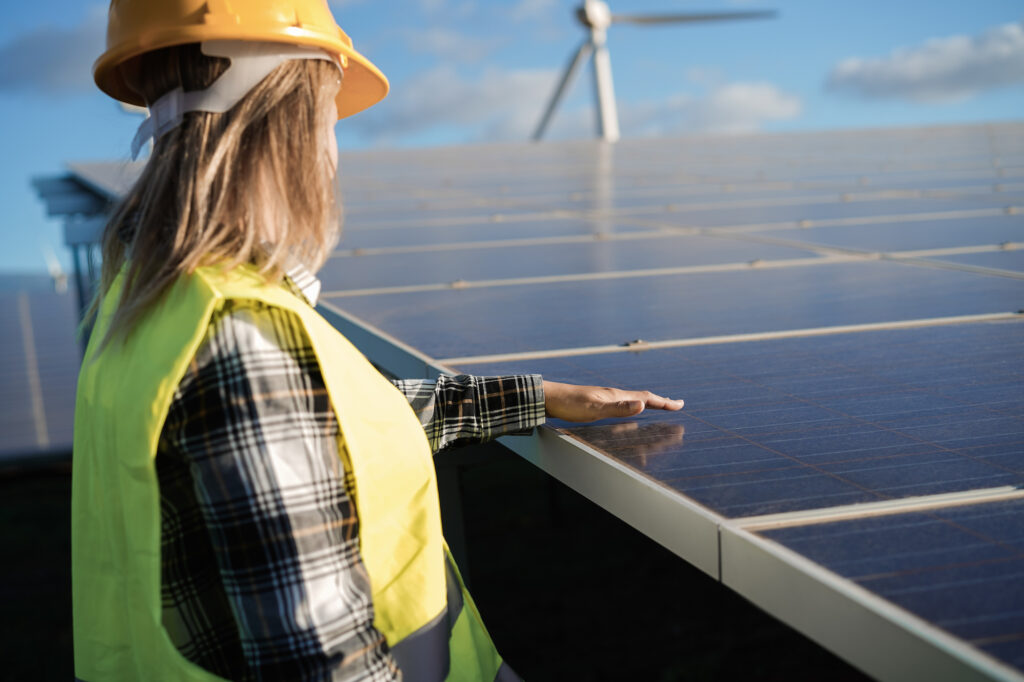
Investments in Energy Communities
The map identifies the energy communities in the United States and clarifies which communities stand to benefit from the energy communities bonus credit and other targeted provisions in the Inflation Reduction Act. If you have trouble viewing the map, click here.
MAP GLOSSARY
Coal closures refers to census tracts that are eligible due to a coal plant or coal mine closure.
High FFE indicates that the percentage of fossil fuel employment within the metropolitan statistical area (MSA) or area is above the minimum threshold for eligibility.
High unemployment indicates the unemployment rate for the MSA or area is above the minimum threshold for eligibility.
Low unemployment indicates the MSA or area has too low of an unemployment rate to qualify, even though the area meets the fossil fuel employment requirement.
J40 refers to Justice40 communities, as defined by the White House Council on Environmental Quality.
INTRODUCTION
Working people too often feel the pain of shifts in technology. As the United States transitions to a new, cleaner economy, we must not leave workers or communities behind. The Inflation Reduction Act and Bipartisan Infrastructure Law (BIL) make critical investments in workers and communities experiencing the economic impacts of energy transition as part of a broader set of investments to build a clean, prosperous, and equitable economy for all.
A transition that is fair for workers and communities isn’t something that will happen organically. We must choose to keep our communities and workers whole and to invest in the economic development and diversification of regions impacted by energy transition. The best approach is one that prevents economic disruption and employment loss. The Inflation Reduction Act and BIL provide unparalleled investments in an equitable transition for those who need it most.

What is an “Energy Community?”
Under the BIL and the Inflation Reduction Act, there are two separate definitions of an “energy community.”
The Advanced Energy Manufacturing and Recycling Grants Program created in the BIL and the 48C tax credit established by the Inflation Reduction Act use nearly identical definitions for covered census tracts. For those two programs, eligible projects must be located in a census tract in which:
- A coal mine has closed since December 31, 1999, or;
- A coal-fired electricity generating unit has closed since December 31, 2009, or;
- That is immediately adjoining one of those census tracts.
The Investment and Production Tax Credits under the Inflation Reduction Act use a similar, but broader definition for tax credit bonuses offered to “energy communities.” While the coal mine closure, coal unit closure, and adjacency criteria still apply, the tax credits introduce two additional criteria that will allow more communities to access the credits.
For the tax credit bonus, an “energy community” is defined as:
- A brownfield site as defined in the Comprehensive Environmental Response, Compensation, and Liability Act of 1980; or
- A metropolitan statistical area or non-metropolitan statistical area which:
- Has (or, at any time during the period beginning after December 31, 2009, had) 0.17% or greater direct employment; or
- 25% or greater local tax revenues related to the extraction, processing, transport, or storage of coal, oil, or natural gas; and
- Has an unemployment rate at or above the national average unemployment rate for the previous year; or
- A census tract in which a coal mine has closed since December 31, 1999; or
- A coal-fired electricity generating unit has closed since December 31, 2009; or
- That is immediately adjoining one of those census tracts.